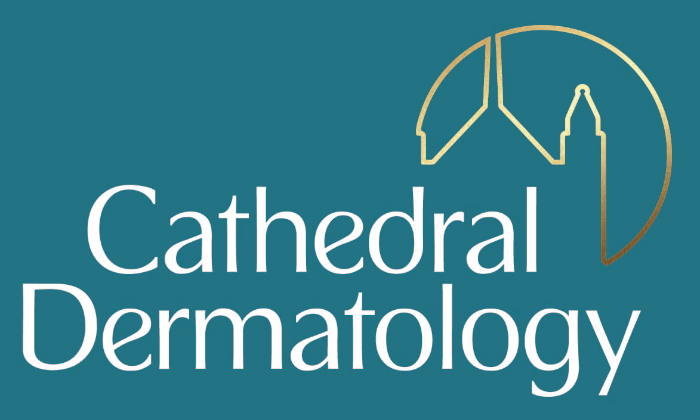Our wonderful cosmetics nurse Donna got chatting with the wonderful team at Local Woman. She talks through micropigmentation camouflage and microneedling at Cathedral Dermatology, its benefits and results.
Q. WHAT IS YOUR AREA OF SPECIALISM?
My speciality within nursing is plastic surgery. This has given me the opportunity to gain vast knowledge of skin structures, how the skin repairs and functions and how we can improve the skin’s overall appearance using different surgical and cosmetic techniques, such as the amazing and revolutionary micropigmentation camouflage.
Q. CAN YOU TELL US ABOUT MICROPIGMENTATION CAMOUFLAGE?
Micropigmentation camouflage is the process where colour pigment is placed on the top layer of the dermis skin using a microneedling technique. Target areas for this treatment are scars, vitiligo, burns, acne scarring, skin grafts and stretchmarks. The idea is to colour match the client’s skin to the correct colour pigment closest to their natural skin tone and camouflage the problematic areas. On assessment, it is determined which type of microneedling technique is best suited to the individual to get the best results. Before attending the clinic, the patient is required to complete a patch test of the pigment to ensure no adverse or allergic reactions before treatment.
“Micropigmentation camouflage is the process where colour pigment is placed on the top layer of the dermis skin using a microneedling technique. Target areas for this treatment are scars, vitiligo, burns, acne scarring, skin grafts and stretchmarks.”
Q. CAN EVERYONE AVAIL OF THIS TREATMENT?
Before your treatment, you will have a comprehensive consultation with your practitioner. During this session, we will review your medical history and discuss any potential contraindications. Normally patients who have hypertrophic and keloid scarring tendencies should avoid treatment. Clients with port wine marks, who are immunosuppressed (autoimmune diseases i.e. lupus) and who have active infections should also avoid it.
Q. WHO IS A GOOD CANDIDATE FOR MICROPIGMENTATION?
Micropigmentation can be beneficial for patients with scarring from burns, previous surgeries, or accidents and injuries. It may also help those who have undergone surgical reconstruction.
Q. WHAT TYPE OF MACHINE IS USED FOR THE TREATMENT?
We use the Vogue machine which is a highly rated medical grade device that has won previous awards for its performance within the micropigmentation camouflage field. It is stylish, sleek, lightweight, portable and safe.
Q. WHAT IS INKLESS MICRONEEDLING TREATMENT?
An inkless approach is where microneedling is carried out without implanting the ink. This is a process where fine micro injuries are produced using plastic or metal cartridges to stimulate and achieve natural collagen production and in turn restructure the skin thus reducing scar tissue. This is an effective way to improve the quality, texture and most importantly activate the skins natural melanin production. It is recommended that three plus treatments of inkless microneedling are completed before colour will be added.
Q. WHAT IS A PIGMENT COLOUR PATCH TEST?
This is a test where a small amount of colour pigment is placed on the intended treatment site. This gives the opportunity to observe how the pigment settles with time and allows the nurse and client to observe the best colour match with skin tone. This will be assessed after six weeks, and a decision will be made together to treat the full area.
Q. CAN I HAVE THE CAMOUFLAGE TREATMENT ON MY FIRST VISIT?
This is achievable depending on the scar type and size. This is done using a colourwash technique where pigment is gently blended into the skin. If the colour is suitable a more permanent technique called mosaic or flek can be used.
Q. WHAT IS THE AFTERCARE ADVICE AND DOWNTIME FOLLOWING TREATMENT?
After micropigmentation treatment, downtime is minimal. However, proper aftercare is crucial for optimal healing and achieving the best results. Your practitioner will provide detailed instructions to help ensure the best possible outcome for your treatment.
Q. HOW MANY TREATMENTS DO I REQUIRE?
The number of treatments needed will vary depending on several factors, including the type of scar or area being treated, as well as whether pigment is being applied. For example, scars or larger areas may require more sessions to achieve the desired result. During your consultation, we will thoroughly assess the area to understand your unique needs. Together, we will discuss and agree on a tailored treatment plan that is designed to provide optimal results and address your specific concerns.
